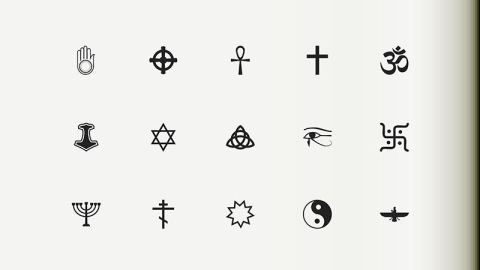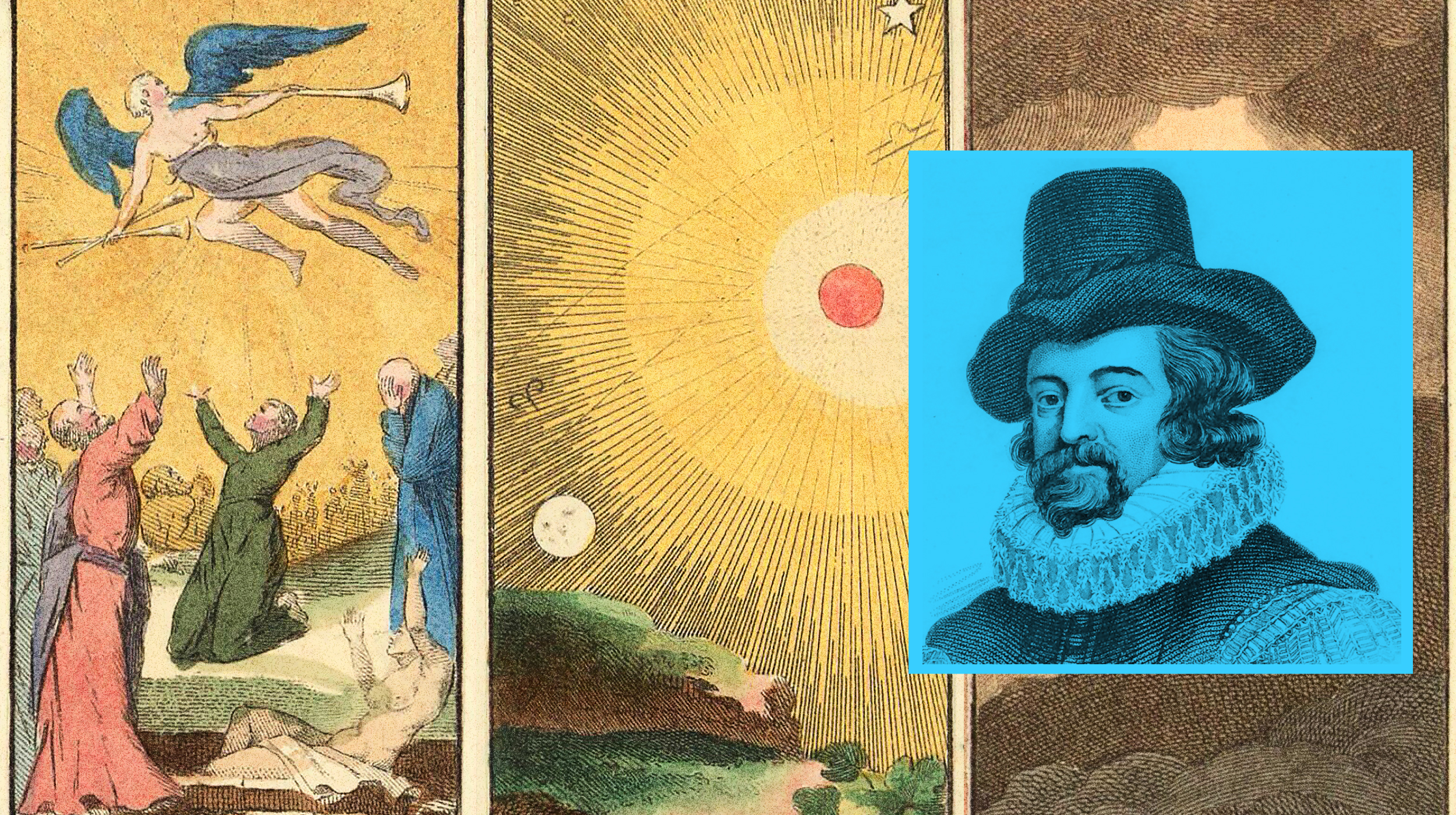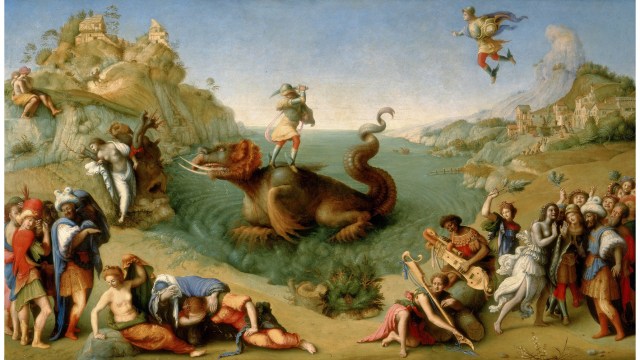“New Atheism” Borrows Community and Ritual from Religion

A new wave of authors—think of them as Richard Dawkins’ more evolved descendants—is building the case for a “new atheism” which focuses more on what it values than on a blanket rejection of God.
They remain non-believers, to be sure, but writers like Alain de Botton, Julian Baggini, Daniel Dennett, and Greg Epstein see certain inescapably human features in the practice of religion and want to use their non-belief similarly; i.e., to build communities and establish secular rites. In London, for example, the British Humanist Association conducts close to 9,000 “non-religious” funerals every year.
Philip Kitcher, an author who grew up in religious surroundings, but now advocates for secular humanism, argues in his bookLife after Faith: The Case for Secular Humanism:
“The atheist movement today often seems blind to the apparently irreplaceable roles religion and religious community play in millions, if not billions, of lives. …[A] thoroughly secular perspective can fulfill many of the important functions religion, at its best, has discharged.”
Not throwing the baby out with the bath water is the modus operandi of a new generation of publishing atheists. Religious traditions have created many individuals who feel similarly to atheists on social and economic issues, so they should be treated as friends, not idiots and enemies.
In his Big Think interview, secular humanist de Botton explains that even without religion, there is no shortage of beliefs that unite the human enterprise, and that seizing on these beliefs is more in line with contemporary, liberal views of human freedom:
“I think there’s a great fear that once religion disappears or loses its hold on people, there can be no agreement around belief and values, that there’s then a post-modern chaos where all values are relative. … [T]here is an enormous amount that contemporary America, Europe, a contemporary world agrees on … fairness, justice, kindness, love, value of children, value of education, the environment. … So, we’re not short of things we can believe in. What we’re short of is methods for making those beliefs stick.”





